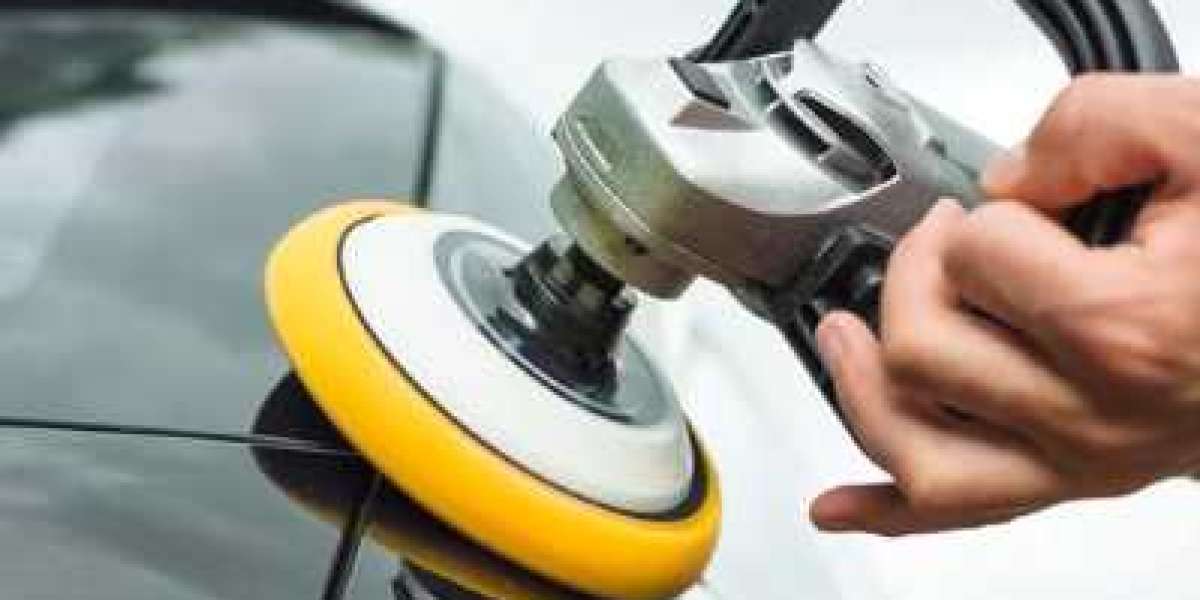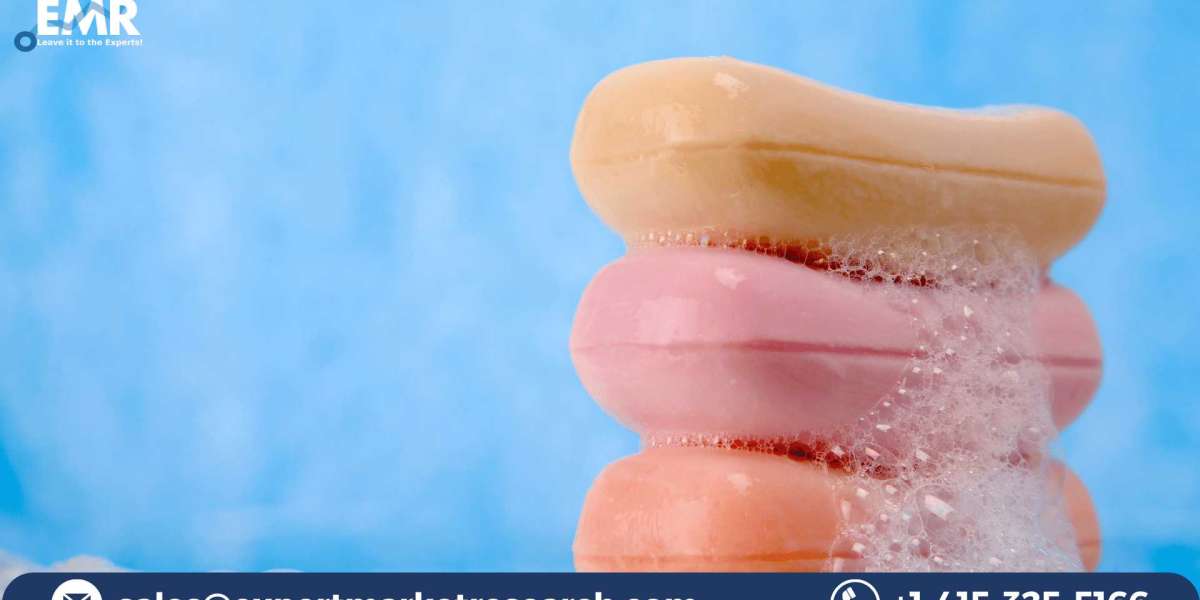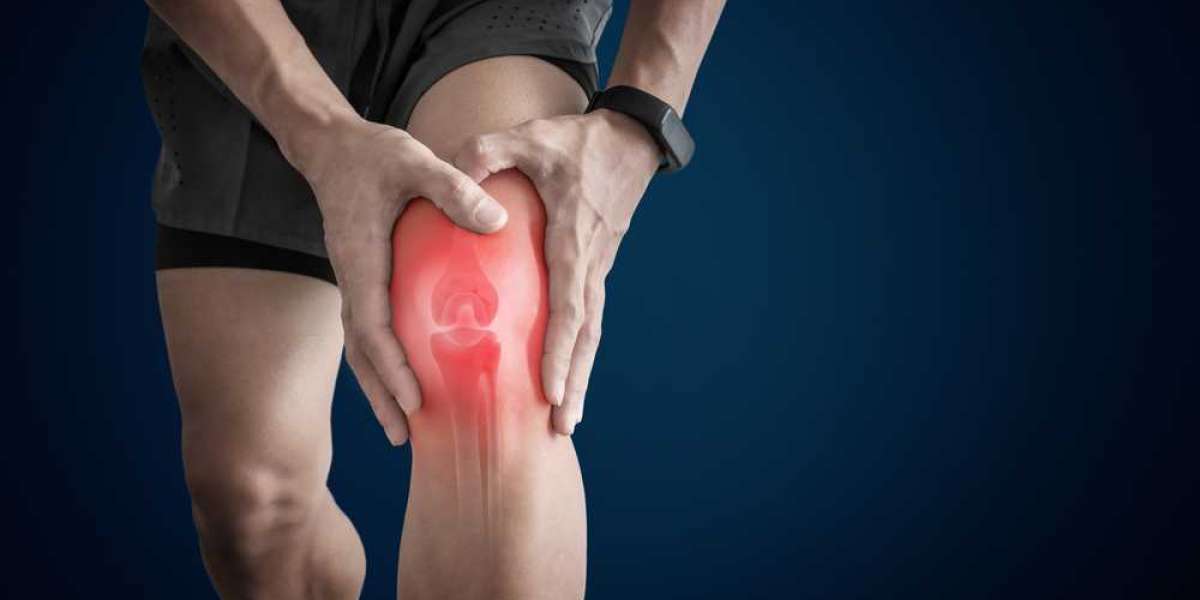Ceramic coatings provide a robust layer of car paint protection. However, not all ceramic products are formulated equal when it comes to withstanding regional climate factors and driving conditions. Choosing a coating designed for your environment helps maximize durability so your car's paint stays protected.
Hot and Dry Climates Demand Heat Resistance
For scorching climates where summer temperatures frequently exceed 90°F, heat resistance is crucial. Prolonged sun exposure at high temps can cause some ceramic coatings to be sacrificed early when not formulated for extreme heat. Seek out ceramics designed specifically to withstand and reject sweltering temperatures.
The coating should also be UV resistant, as harsh sunlight accelerates breakdown. Using paint protection film on the hood helps manage heat absorption. Frequent washing maintains the coating in dusty desert environments.
Cold and Wet Climates Require Slick Water Beading
Frigid winters with frequent snow and icy conditions call for a ceramic coating that excels at repelling water, snow and salt. The most durable cold-weather formulas have an extremely hydrophobic structure, causing water to bead up and sheet off the paint fast. This prevents ice and salt from bonding and damaging the paint over sub-freezing months.
Environmental contaminants like road debris and magnesium chloride salts used for snow melt require polish-resistant coatings as well. Regular washing to remove salt buildup maintains protection.
Frequent Highway Driving Needs a Durable Shell
For drivers who log a majority of miles on highways and freeways, chip resistance should be a priority. Speeds over 50 mph increase the impact of road debris. Look for a ceramic formula that forms an exceptionally hard shell and has self-healing abilities. This allows the coating to withstand bombardment from rocks and bugs without pitting or losing gloss.
Also, consider paint protection film for the front end. Maintain the coating with frequent washing to remove bug splatter. Claying removes bonded contaminants from highway driving.
City Stop and Go Driving Requires a Slippery Coating
In urban areas with lots of stoplights and parallel parking, abrasive grime from braking builds up readily on paint. Ceramic coatings with ultra-slick glossiness allow brake dust and dirt to release easier during washing without sticking and damaging the finish.
Additionally, a coating with chemical resistance prevents etching from pollutants in city environments. Routine washing every couple of weeks maintains protection on paint that takes a beating in stop-and-go conditions.
Consider Your Use Conditions Too
Beyond your regional climate, also factor in your specific driving habits and uses for maximum coating durability. Off-roading requires a polish-resistant coating. Frequent towing needs an exceptionally hard ceramic shell. Rideshare vehicles demand chemical resistance. Assess your individual use conditions and choose the ceramic coating designed for your particular needs.
A quality ceramic coating tailored to your driving environment provides the most enduring paint protection and value. Consider climate factors, driving habits, and your vehicle's uses when selecting the right formula. Proper maintenance washing keeps the coating intact for long-term benefits.



